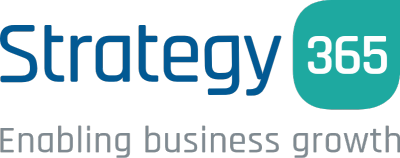Microsoft have revealed the upcoming capability of portals as progressive web apps, which is currently in preview.
Microsoft are utilising progressive web app technology (PWA) to ensure Power Apps Portals will work on all platforms, such as Android, iOS, and Windows, as well as multiple devices (mobile, desktop, tablet). App makers can turn portals into apps from the portal studio in a few simple steps, while ensuring the app has a professional design right from the start.
Progressive web app technology allows a user to pin a Power Apps portal as an app to the home screen on their mobile device or install it from the app store. This exciting technology brings many new features such as:
- Creating a low code-no code branded app in just a few steps
- Enabling a basic offline experience for your app
- Distributing your app via browser or app stores
How do I create a low code-no code branded app?
Creating your own branded app can be achieved through customising your progressive web app settings. These customisations include changing the app name, starting page, colour, and more using the customisation option. This can be achieved by following these steps:
- Navigate to the Preview Power Apps Maker Portal (once this feature moves from Preview to General Availability, you will be able to see this functionality on the main Maker Portal
- Select Apps and either create a new Portal App or edit an existing Portal.
- From the left-hand menu, select the last menu option: Progressive Web App
- Select Enable PWA to turn on the PWA capability for your portal and select Customize PWA under Customization.
- Add your customisations such as title, description, starting page, splash screen colour and app icon.

How can I manage the offline experience?
Microsoft allows app makers to select specific pages that can have read-only offline capability. This ensures users can still view pages when offline or disconnected from the internet. For the rest of the portal, a message can be displayed informing the user a page is not enabled for offline access. To do this, you can follow the steps below:
- In the Portal editor, click the Progressive Web App icon.
- Under Customize PWA, select Manage Offline Pages under Offline Behaviour.
- Select the pages that you want to enable for offline access using PWA.
- To set up the offline message page:
- In portals studio, under customization, select offline message page.
- Customise the page as you would with any other portals page.

How can I distribute my app?
Microsoft allows you to distribute your app in two ways: via a browser or an app store. To distribute using a browser, you can pin your Power Apps portal as an app to your home screen on your device once the portal is PWA-enabled.
To distribute via an app store, you can create an app package for your portal and then publish the package to different app stores such as Microsoft Windows Store and Google Play Android Store. If you want to distribute your app to an app store:
- To create an app package, select Create App Package under App Package in the PWA settings in the Portal editor.
- You will be taken to PWA builder, where you can create an app package for various app stores such as Microsoft Windows Store and Google Play Android Store and step-by-step publishing documentation for each store is displayed.
To read more about branding, managing, and distributing a Power Apps Portal app click here.
Summary
Although this new functionality is only in public preview for the moment, the introduction of Power Apps Portals as mobile apps is a major update from Microsoft which brings exciting opportunities for app makers. If you are an existing Strategy 365 client and want to discuss this functionality with one of our team, please feel free to get in touch.



